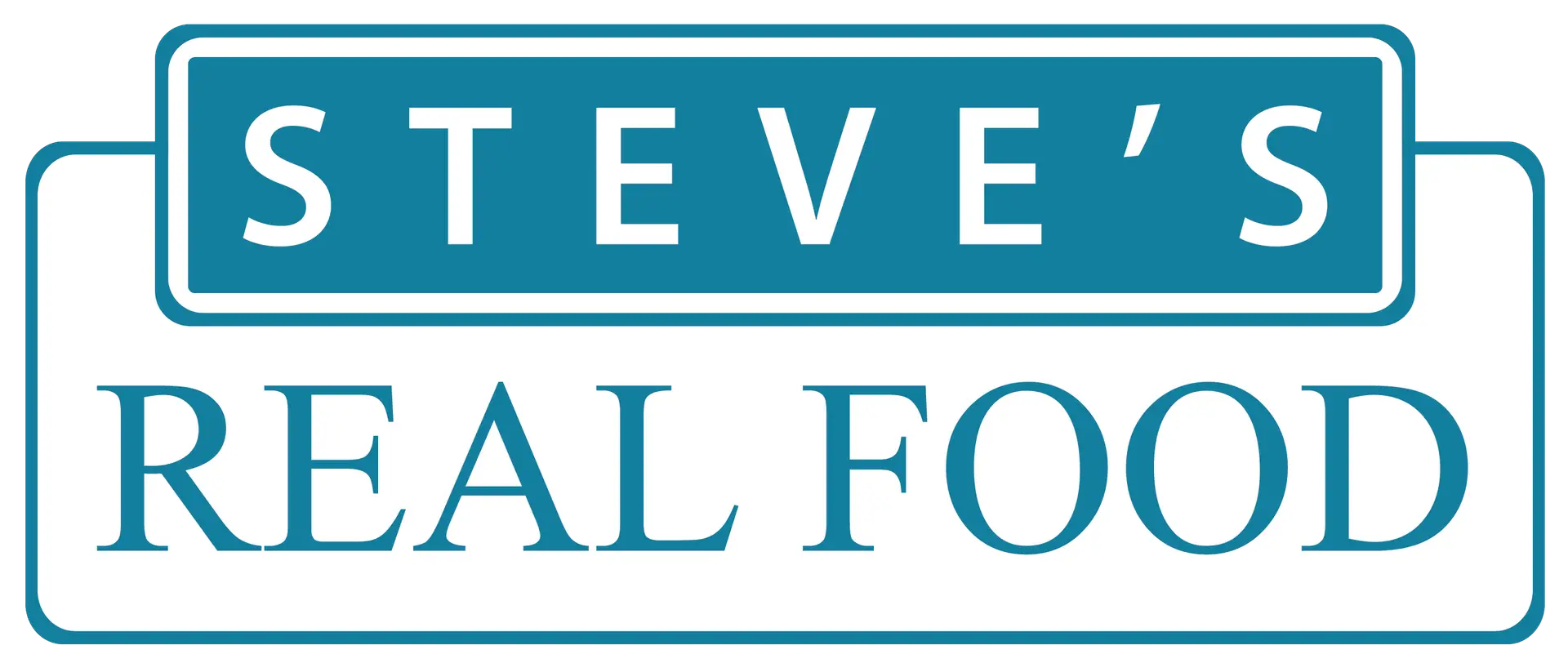The FDA’s Salmonella Scare
The raw pet food industry is regulated by the FDA. This is because pet food is considered to be a ready-to-serve product where the chicken you buy from your butcher is not. Recently the FDA feels that regulations on the raw pet food industry needs to be changed and that “certain criteria should be considered in recommending enforcement action against animal feed”. In other words they want to do more testing on pet food and determine if they should reject food with very minute amounts of bacteria.
HH Backer Pet Show (day 1)
The first day of the Backer Pet Show was very good. It started out a bit crazy as we were running all around the convention center trying to find out if our show sign was delivered by UPS only to discover that once again UPS failed to get it to us despite the guaranteed delivery we were given. I am really looking forward to finally getting an answer as to what happened.
The Growing Market Demand for Raw Meat Diets
More and more pet owners are realizing the benefits of a raw diet, but either do not have the time or worry about contamination and do not desire to make it themselves. The demand for a properly prepared, complete diet, raw meat pet food is growing exponentially.
When Vomiting Is Not About The Dog Food
When you pet vomits it can be a very alarming incident. Immediately you think “Is something you ate?”, “Are you sick?” and then the sympathy sets in and you feel bad for pour sick Fido.
Food Habits of Feral Carnivores: A Review of Stomach Content Analysis
A good deal of disagreement exists within the veterinary profession about the proper diet for dogs, some nutritionists advocating meat and fat rations and questioning the need for carbohydrates, and others describing a necessity for carbohydrates and suggesting deleterious effects from high meat protein diets. The proliferation of commercial dog food products and the hyperbolic television advertising associated with them have compounded the dilemma for the veterinarian and the dog-owning public.
Benefits of Raw Dog Food Diets
We all know that people need real, whole, minimally processed foods in order to thrive. So do dogs and cats. I’m sure no one here would want their children to live exclusively on a diet of only processed foods, like Special K¬ or Total¬ cereals. Why would you want your dogs or cats to eat only highly processed foods? Dogs and cats, like people, to be at their best, need a variety of whole minimally processed foods: meats, vegetables and fruits containing natural enzymes, phytochemicals and flavonoids.
More on Cat and Dog Nutrition
Canine and feline nutritional requirements reflect evolutionary experience extending hundreds of thousands of years into the past. Until recently, dogs and cats always ate a diet based upon real, raw foods. Scientists are learning more every day about the values of phytochemicals, enzymes, antioxidants, bioflavonoids and essential fatty acids, especially the Omega-3s. Recent research, for example, is focusing on the cancer fighting properties of phytochemicals. There are tens of thousands of phytochemicals, which occur naturally in vegetables and fruits.
Is Raw Safe?
This is a very legitimate concern, and is often the first question pet owners have. It is an easy question to answer. Properly prepared raw meat-based diets are very safe for dogs and cats, and appear to have a better safety record than processed grain-based foods.
Myths about your dog eating grass.
It is common to think that if your dog or cat is eating grass it is a sign they are sick or there is a nutrient lacking in their diet that they are naturally craving. The latter is partially true. In Jack Sommars article “Why Does My Dog Eat Grass” on PetsMatter.com, he explains that wolves, the dogs ancester, are drawn to grass because it has intestinal parasites that will help control worms.
Pros & Cons of Feeding Raw Pet Food
For some 25 years I have alerted the public to the dangers of exclusively feeding heat processed foods. Companion animal feeding has gone from table scraps and left-overs to today’s “100 % complete” processed foods in primarily kibble form, with some canned and semi-moist also available. The foods appear to be scientific and improved, but they’re far worse for the animals. Not only is nutrient value diminished by heat, but a spectrum of toxins is created. Additionally, the singular feeding of processed food has led to the spurious “100% complete and balanced” claim that is both logically and scientifically flawed.

